
How you can protect OUR National Parks?
- Jennifer Melroy
- Last Modified August 24, 2020
- First Published on January 10, 2019
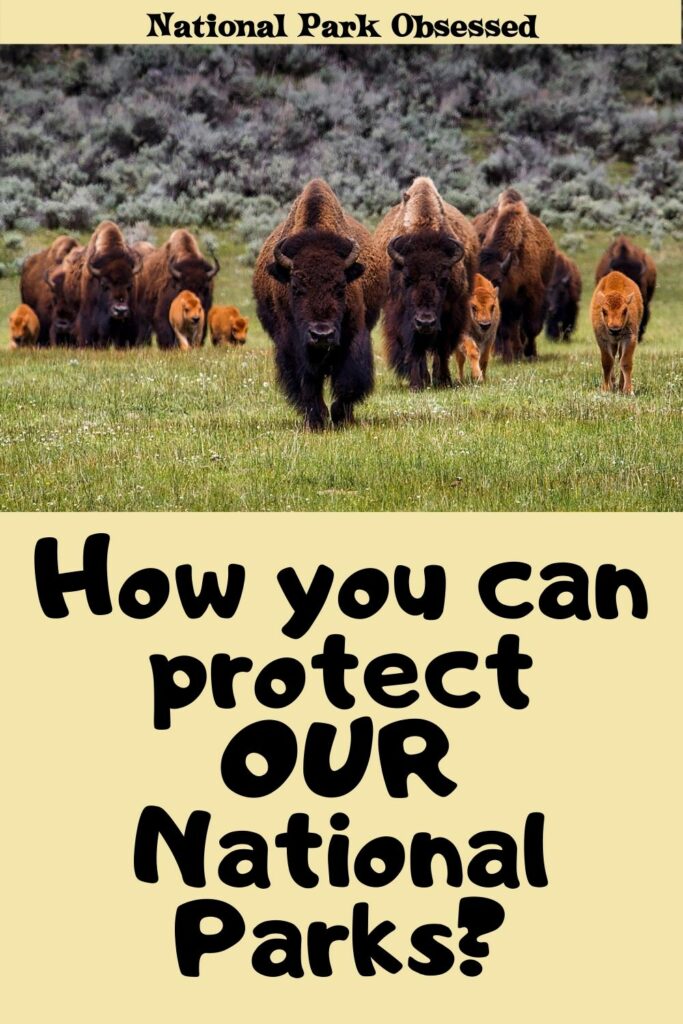
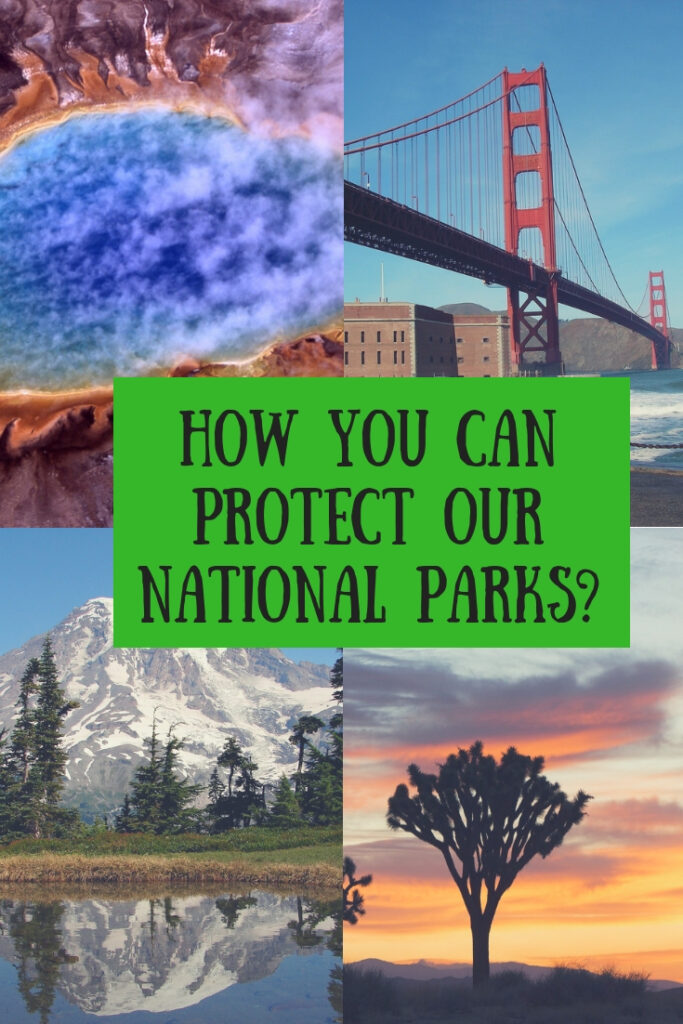

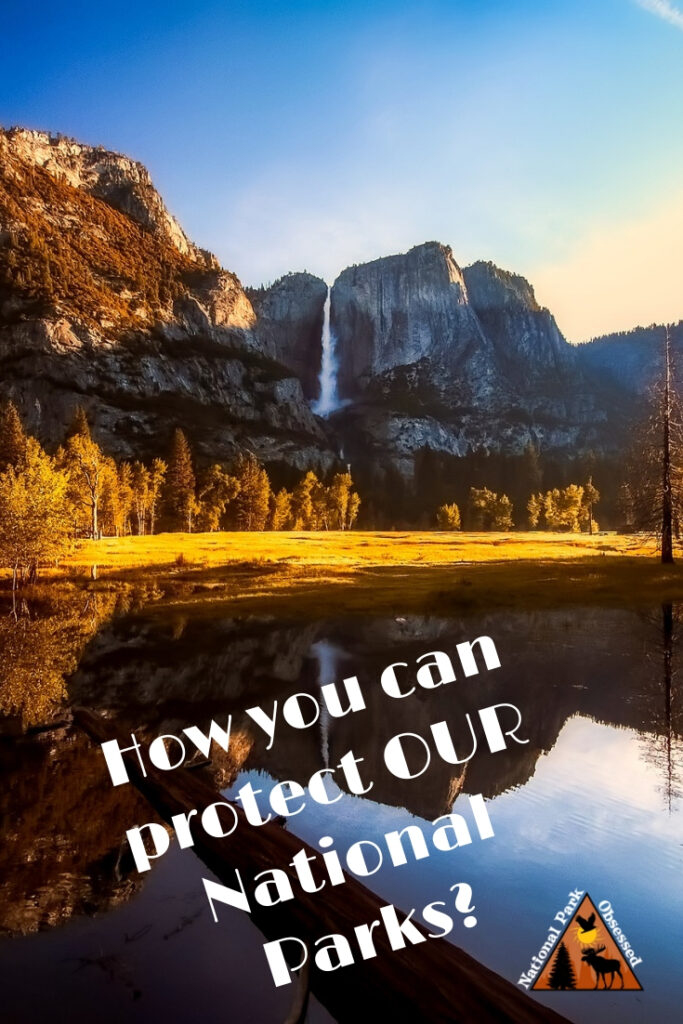
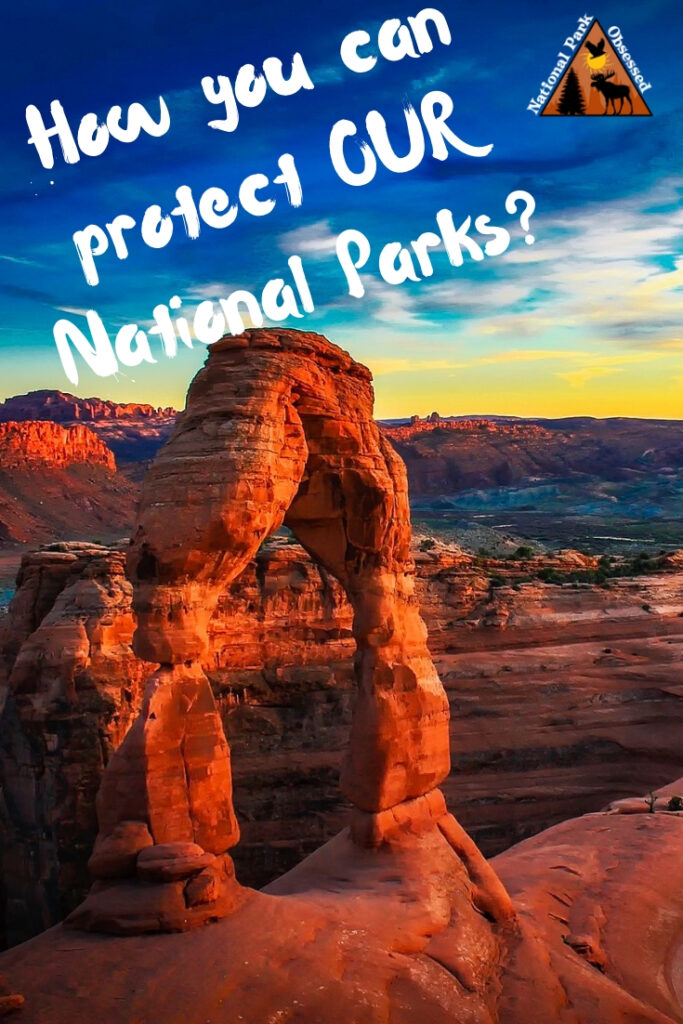
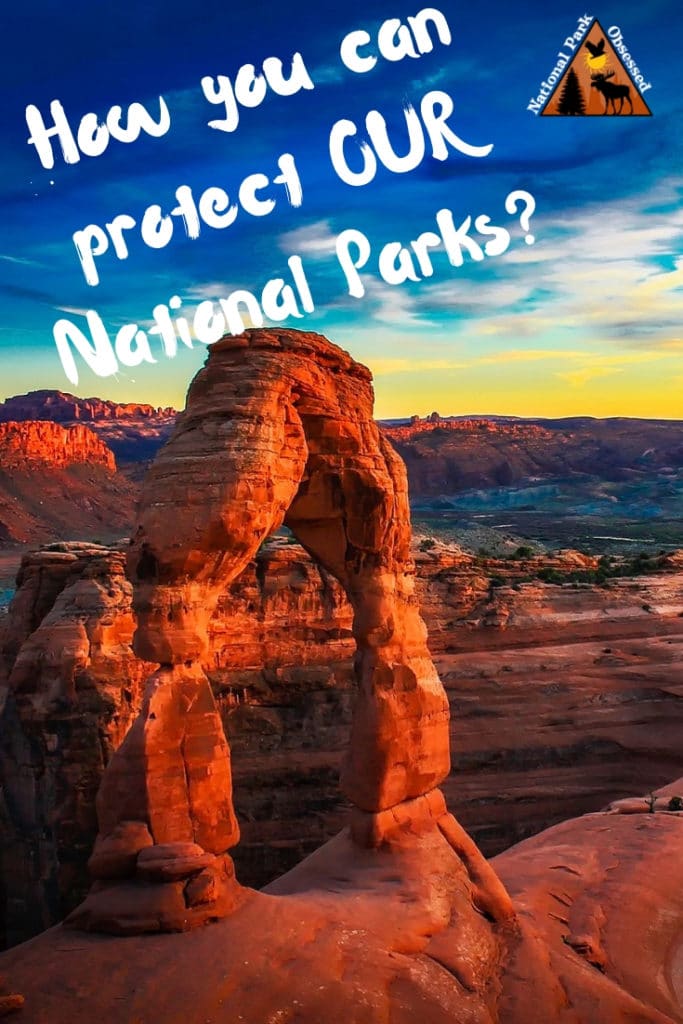
Have you seen the national parks in the news during the current government shutdown? Alas, the national parks haven’t been in the news for an Instagram sunset war or cute pictures of baby animals. I am not going to touch on the politics but this shutdown hasn’t been pretty for our national parks. Here are just a few of the headlines I have seen about the shutdown.
- The Government Shutdown Has Turned Yosemite National Park Into A Congested, Poop-Filled Mess
- Americans may love their national parks, but they can’t be trusted to enjoy them unsupervised
- National parks are getting trashed amid the government shutdown
- ‘Nightmare scenario’ unfolding at national parks amid shutdown
These are just a few of the over one hundred articles and Facebook posts I have seen about the public’s use of the national parks during this shutdown. No matter what political persuasion you are. This is a TRAGEDY for our national parks. Some of the parks have been damaged in such a way that it will take years for the environment to recover (if it ever does).
These are OUR National Parks.
As such it is our job to protect them. Our predecessor left us an amazing gift that few other countries citizens have been lucky enough to receive. These men and women realized how SPECIAL these places are and that they need to be protected. They worked tirelessly toward this goal and left us with a truly amazing national park system of 79.9 million acres of land.
It is our responsibility to continue to protect them so our kid, grandkids, and great grandkids have a chance to see these same unspoiled wonders we have enjoyed.
Related Reading – Check out some of the Best National Park Vacation Ideas.
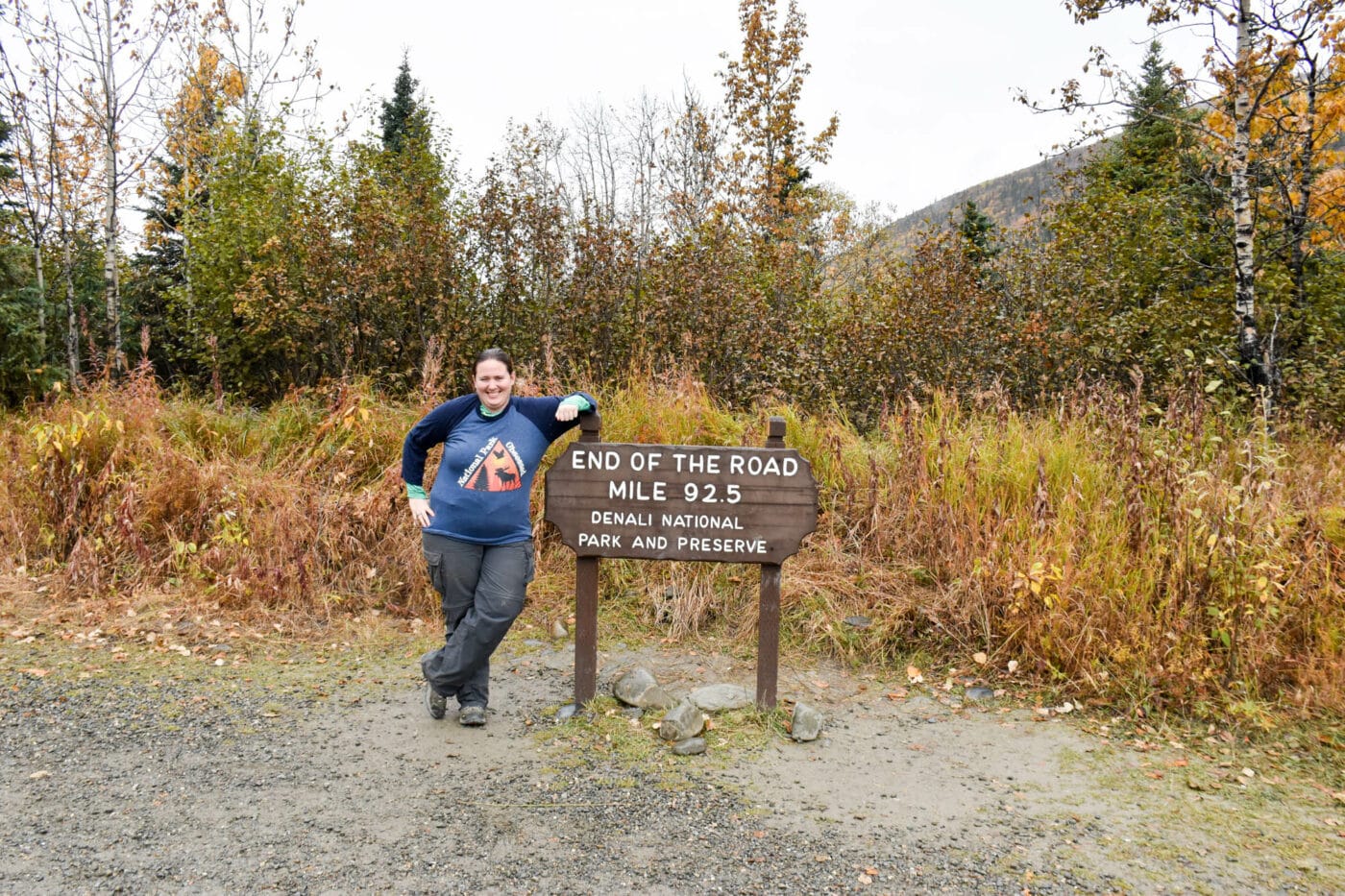
Help Protect our National Parks
Follow the Leave No Trace Seven Principles
Every time we visit our national parks, we leave our mark. Every step we take has an effect on the parks. It is our job to minimize our impact on the parks. One of the best to minimize your impact is to follow the Leave No Trace Seven Principles. These concepts are fairly simple and easy to follow. These principles are critical to minimizing our impact on our parks.
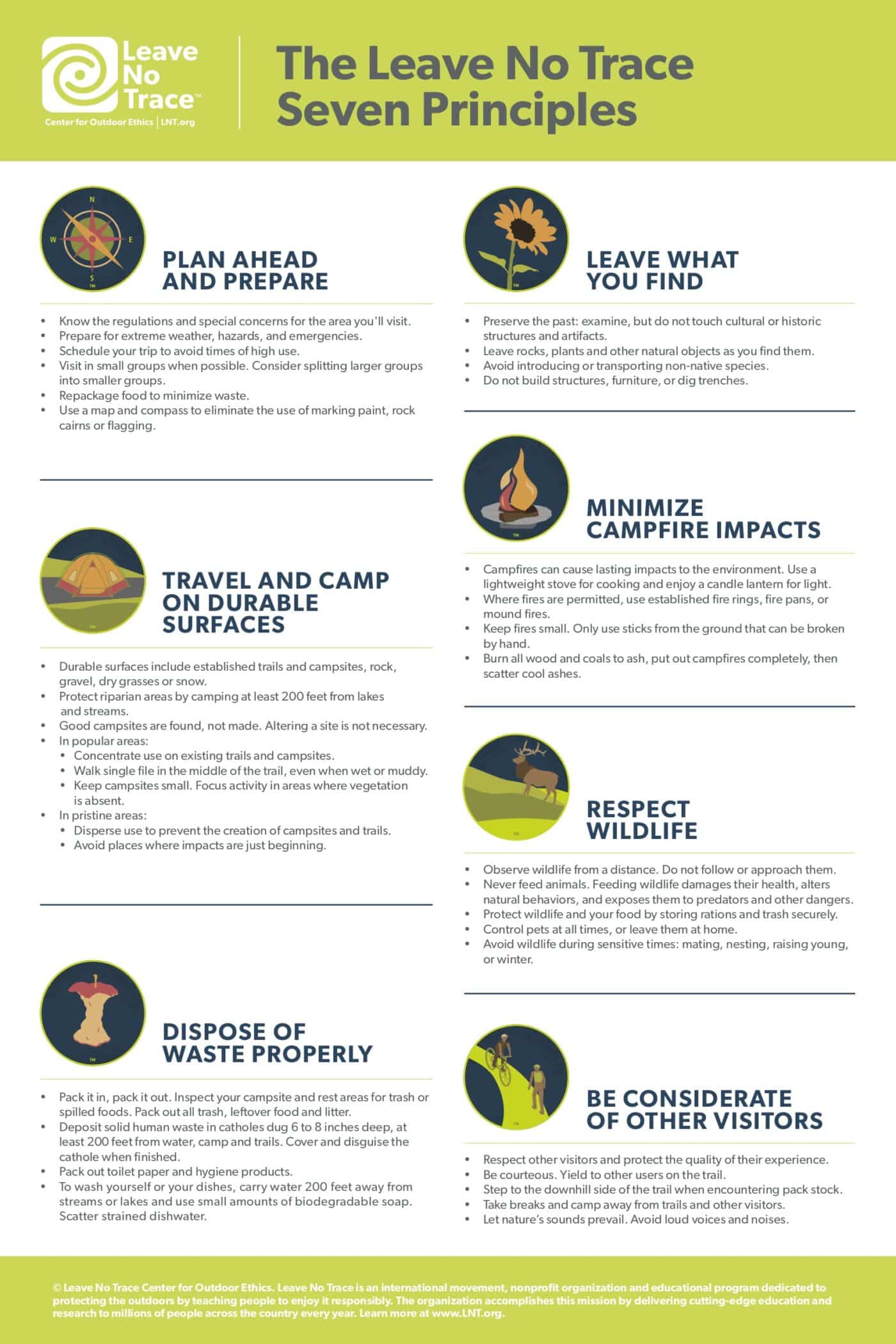
Leave it cleaner than you found it.
Now, this goes against one of the Leave No Trace Principles just a little bit. Typically, you want to leave it where you found it. This includes all matter of rocks, feathers, plants, animal and historical artifacts. Most historical artifacts are man-made objects. BUT if it looks like something that was dropped by a fellow hiker (candy wrappers, plastic bags, bottles, anything of that nature), pick it up and carry it out. If it is super rusty and looks like it’s been buried for years leave it along and let a ranger know. Surprisingly, any beer can found in a national park that is over 50 years old is now a historical artifact.
If a trashcan is full and the lid will not close, don’t add your trash. It is important that wildlife stays out of the trash. They can learn bad habits such as relying on people for food. Keep a bag in your car to store trash. Bonus points if you fill remove the trash in the can to ensure it will close properly.
Remember that keeping the wildlife out of human trash is important to their survival. A Fed Bear is a Dead Bear.
Respect the rules
The rules and regulations of the parks can really hamper your exploration. This sucks. But the reality is many of our national parks are being loved to death. These rules and regulations are in place for two reasons – to protect the park and protect the visitors.
Any time park service closes an area there is a reason for it. It could be as simple as an endangered species has a nest in the area or endangered plant is growing there. It isn’t always posted why the area is closed but if there is a sign closing an area please obey it.
I know it is really annoying when you are standing at an overlook railing and want to get closer to the edge to take your photograph. But odds are, that railing is there for a reason. There is a good chance that the cliff end is unstable and could cause you to fall. The majority of falls in the national parks occur where there are railings.
One of the biggest issues I have seen in recent national park trip is pets. Please obey all pet rules. For the most part, your dog is not allowed on the trails. Please respect that unless you have a legitimate service animal that is needed for that hike. Your dog might enjoy the hike but the Nature will not. Dogs can carry diseases that can be transmitted to the wildlife. Dogs can harass the wildlife. Barking and chasing wildlife isn’t cute or funny. How would you like to be chased around your own home?
Even worse is animals like bears or moose can see a dog as a threat and might attack. Odds are your dog is going to lose and then the bear will have to be killed by the park. Just leave Fido at home. It is safer for everyone.
Please don’t build rock piles for fun. Rock piles in national parks are not an Instagram trend. They are a NAVIGATION aid. Do NOT build rock cairns for Instagram photos. I have spoken with the gentlemen and he is now aware of how damaging these structures can be.
See something, say something
Do not be afraid to say some when you see people ignoring the rules. Politely walk up to them and ask them if they are aware their actions are against the regulations. Try to educate them and help them realzied what they are doing is wrong.
Unforantly, that doesn’t always work. My two personal favorite excuses are “there wasn’t a sign” and “well no one told me that.” Usually, I ask if they have the park map and explain that the most important rules and regulations are located on that map or in the park newspaper.
If they just ignore me, I walk away. But if I see a park ranger nearby, I will let them know about it. I don’t care that someone called me a bitch after I spoke to them about leaving their cooler out in the campsite in Denali. Yes, I was really called a Bitch. I saw they had left their cooler out all night when I got up in the morning. I stopped by when they woke up and told them the cooler need to go in the bear box. They said it was a campground and didn’t matter. I stopped by the camp host and let them know about the situation. The camp host came by later in the day and they weren’t in the campsite and the cooler was sitting out. That family got to pick their cooler up from the law enforcement officer who had a ticket for them. I don’t care what they think of me. I care that a bear didn’t get into the cooler and then have to be killed.
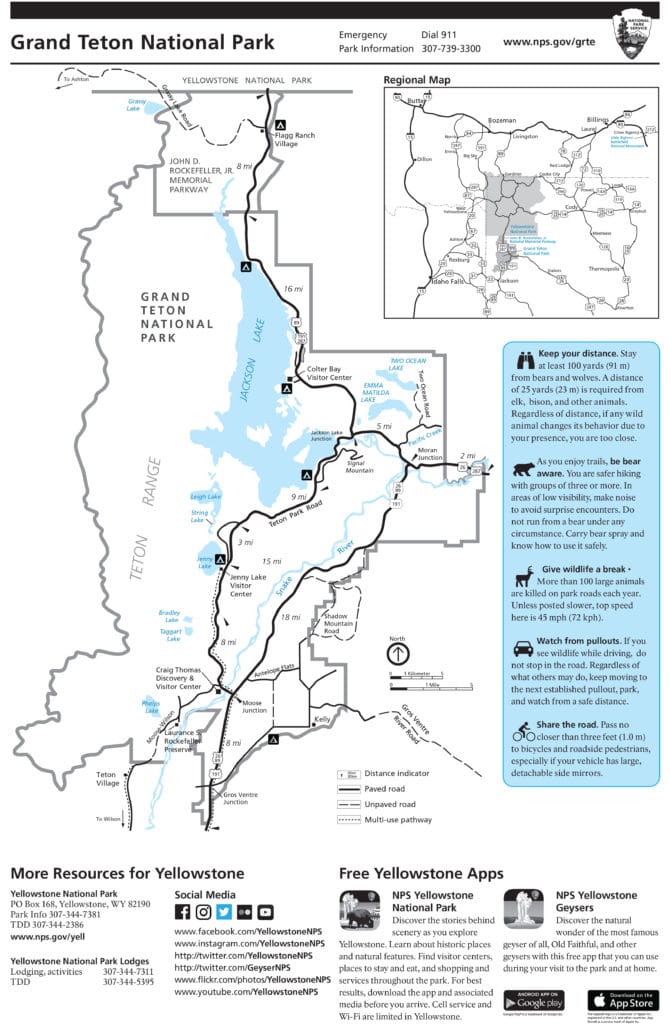
Ensure you aren’t transporting pests
Have you been in a cave in the last 20 years? Have you heard of White-nose syndrome? If you haven’t, it is a fungus that infects bats. This fungus is decimating bat populations around North America. Its spores have been shown to survive in the environment waiting to infect a bat. Of this reason, it is asked that you not carry or wear the same clothing in more than one cave. This can help eliminate humans as a vector of spreading these fungi.
Sometimes, we worry about the big picture of the environment so much we forget that the smallest lifeforms among us can do the most harm. These little lifeforms have changed our forests and wildlife. In 1908, the Chestnut blight wiped out the American Chestnut tree. In 1998, 2005 and 2008, distemper devastated the wolf dens of Yellowstone. The pine bark beetle has been killing massive amounts of pine trees across the United States for over 10 years. Zebra and Quagga mussels are an invasive risk in many US waterways. Lionfish are eating their way thru the reef fish of the Florida Keys.
Other times, the invasive species was intentionally released. Everglades National Park is dealing with Burmese python invasion. This is believed to have been caused by people releasing their pets when they grow too large or when the pets have escaped. These snakes have no predators and are decimating the birdlife in the Everglades. By getting a pet, you have accepted that responsibility. This means that when you no longer want it, you need to find a new home for it. Do NOT release it into the wild. This includes snakes, turtles, fish, bunnies, or ducks. If you raise it, it needs to stay living with humans.
42% of species that are listed as Threatened or Endangered in the U.S. are at risk primarily due to invasives species.
It is important that you make sure you are not transporting any of these fun little creatures. This means:
- Get new shoes before going into caves (this has been shown as the primary sources of spore transfer)
- Clean, drain and dry any water equipment before leaving a body of water. Ensure all mud and plant material has been cleaned off.
- Burn wood where you buy it. Do not transport wood outside of the county you buy it. Learn more on this at Don’t Move Firewood.
- Clean all gear to ensure you have no seeds hanging on.
- Don’t release your pet into the wild.

Contact our government representative
It doesn’t matter if you are a Democrat, Rebpulican, Liberal or Conservative. If you love our National Parks, you should be furious with how our parks are being treated. It is clear that a small percentage of the public can not be trusted in our parks unsupervised.
These elected officials have a responsibility to ensure that our parks are protected and NOT to be used as political bargaining chips. Use your voice, write to your elected federal officials and let them know this is unacceptable.
- Contact the President of the United States and tell them to protect our national parks
- Contact your U.S. Representatives and tell them to protect our national parks
- Contact your U.S. Senator and tell them to protect our national parks
If the Feds can not get their act together, push your state or local government to pick up the slack. Several state governments such as Utah and Arizona have picked up the slack and protected their parks by funding park operations.
- Contact your State Governor and tell them to protect our national parks
- Contact your State Legislators and tell them to protect our national parks
Volunteer at one of the parks
Park Rangers have massive jobs. There are 79 million acres of land in the National Park System that sees about 331 million recreation visits. There are roughly 27,000 permanent, temporary, and seasonal employees for National Park Service. This means that each employee is dealing with roughly 2,900 acres with 12,300 visitors each. There is no way they can handle everything that needs to be done to manage the parks.
National Parks need help. They need help maintaining and repairing trail, fighting invasive species, and help running visitor centers. It isn’t uncommon for a National Park Service volunteer to be the one handing out information in the visitor center. If you have been to one of the busier parks such as Great Smoky Mountains National Park on a weekend, you might have seen a line to speak with a ranger. I have seen lines upwards of 20 people waiting to talk to 2-3 rangers.
Check with your nearby national parks site to see what help they need. Long-term volunteer projects such as an interpretive volunteer position are usually handled by the National Park. Short term projects like a one-day trail maintenance project may be handled with support organizations like the Friends of the Smokies.
There are volunteer projects in all shapes in sizes. I once spent a summer helping with a species survey. All I did was go on my planned hikes at Mount Rainier. When I stopped at an alpine lake, I would spend 15 mins or so walking along the edge counting the number of frogs. After the hike, I would turn in the form.
And to offer little bribery, if you volunteer more than 250 hours a year, you get a free American the Buefuful Pass. This pass offers free entrance to all fee charging national parks sites and over 2,000 other federal lands.
Donate to a national park conservation program
The National Parks Sevice has as of September 30, 2017, deferred maintenance totaled $11.607 billion. Deferred maintenance is necessary repairs or general maintenance to the roads, buildings, and other park structures that has been postponed for more than a year. The 11.6 billion doesn’t include sites that need proper visitor facilities built, trail maintenance, or wildlife management.
Every day the parks are closed they are losing approximately $400,000 in revenue plus it means crews are not working to help get thru this year maintenance list (as well as any of the backlog they are attempting to do).
When you visit the park, donate to the park that money is used to help fund park operations and helps NPS work thru the backlog. If every visitor donated $1 per visit, NPS would have an extra 330 million dollars a year to help with maintenance. Even better donate $2-$10 per visit. If you don’t have any cash, consider emptying the change in your change cup into the donation box.
If you would like to give to a specific project such as
- Maintaining the Integrity of Scout Lookout in Zion National Park by Zion Forever. They are trying to raise $75,000 to replace the vault toilets on the popular Angels Landing trail. This project will help make the area cleaner and save the park money maintaining the facilites.
- Native Fish Conservation Program works to help maintain and increase the stock of native fish in the waterways of Yellowstone National Park. This project costs about $100,000 a year from Yellowstone Forever. This program’s funds are matched by federal funds.
- Cades Cove Prescribed Fire Treatment for Field Management is an ongoing program to use prescribed fire to help manage the grassland of Great Smokey Mountains National Park. This program costs $10,000 per year and is funded by Friends of the Smokies.
These are just a small sampling of organizations that fundraise to help protect our parks. They can use all the help they can get. If you want to make a general donation to the National Parks – Please donate to the National Park Foundation.
Another way to help our parks is to support sights like this. 5% of all National Park Obsessed revenue is donated to support the National Parks. Check out our range of t-shirts, hoodies, and other national park products.
Pin it to help others protect our parks.
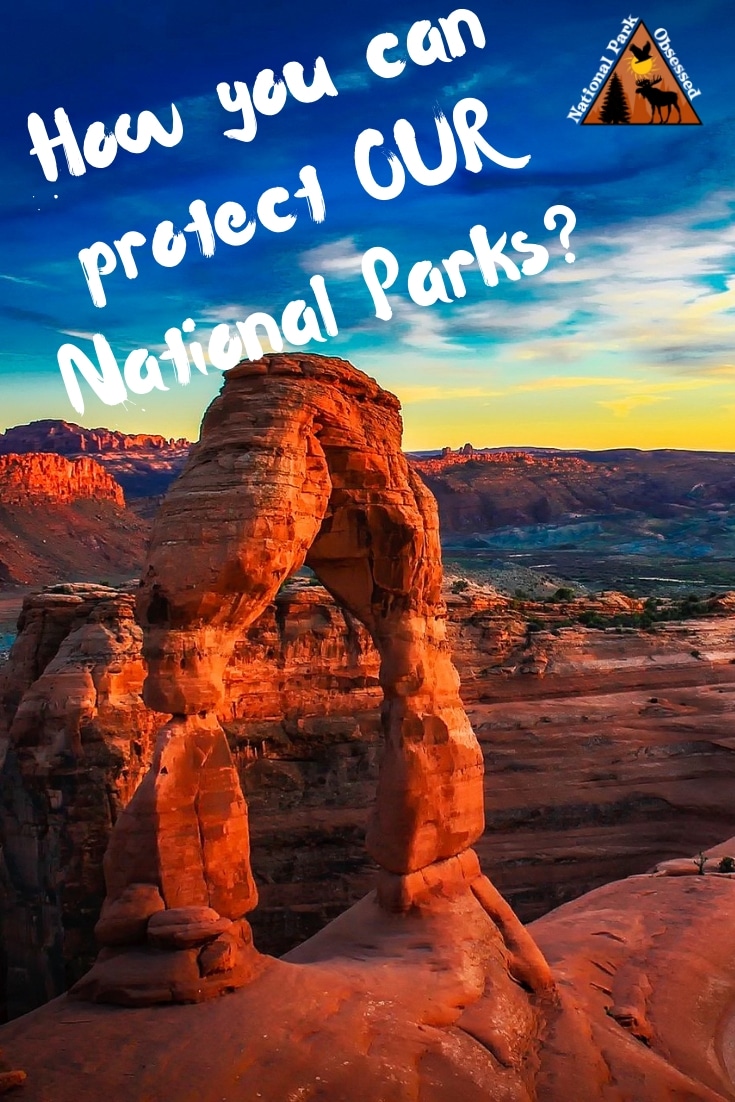
Jennifer Melroy
Hi, I'm Jennifer!

Welcome to the wonderful world of National Parks. I'm here to help you plan your NEXT amazing adventure through the United States National Parks and beyond. I want the national parks to be accessible to all.
I live in Tennessee, and when I'm home, you can find me hiking in the Smokies and the Cumberland Plateau.
58/63 National Parks
250+/423 National Park Units
Want to know more? Start Here.
ACKNOWLEDGEMENT OF LAND
On this site, we promote travel to the United States and beyond that are the traditional lands of Indigenous and First Nations peoples.
With respect, I make a formal land acknowledgment, extending my appreciation and respect to these lands’ past and present people.
To learn more about the people who call these lands home, I invite you to explore Native Land.
DISCLAIMER
National Park Obsessed assumes no responsibility or liability for any errors or omissions in the content of this site (NationalParkObsessed.com). The information contained in this site is provided with no guarantees of completeness, accuracy, usefulness or timeliness. You are encouraged to conduct your own due diligence before acting on the information provided on this site and should not rely on the opinions expressed here.
There is an inherent risk in all outdoor recreation activities, the reader assumes all responsibility for their own personal safety.
DISCLOSURE
We are a participant in the Amazon Services LLC Associates Program, an affiliate program designed to provide a means for us to earn fees by linking to Amazon.com and affiliated sites.
Privacy Policy • About Us • Contact
Select stock photography provided depositphotos
Copyright ©2023 National Park Obsessed, LLC
Privacy Overview
Last Updated on 24 Aug 2020 by Jennifer Melroy



